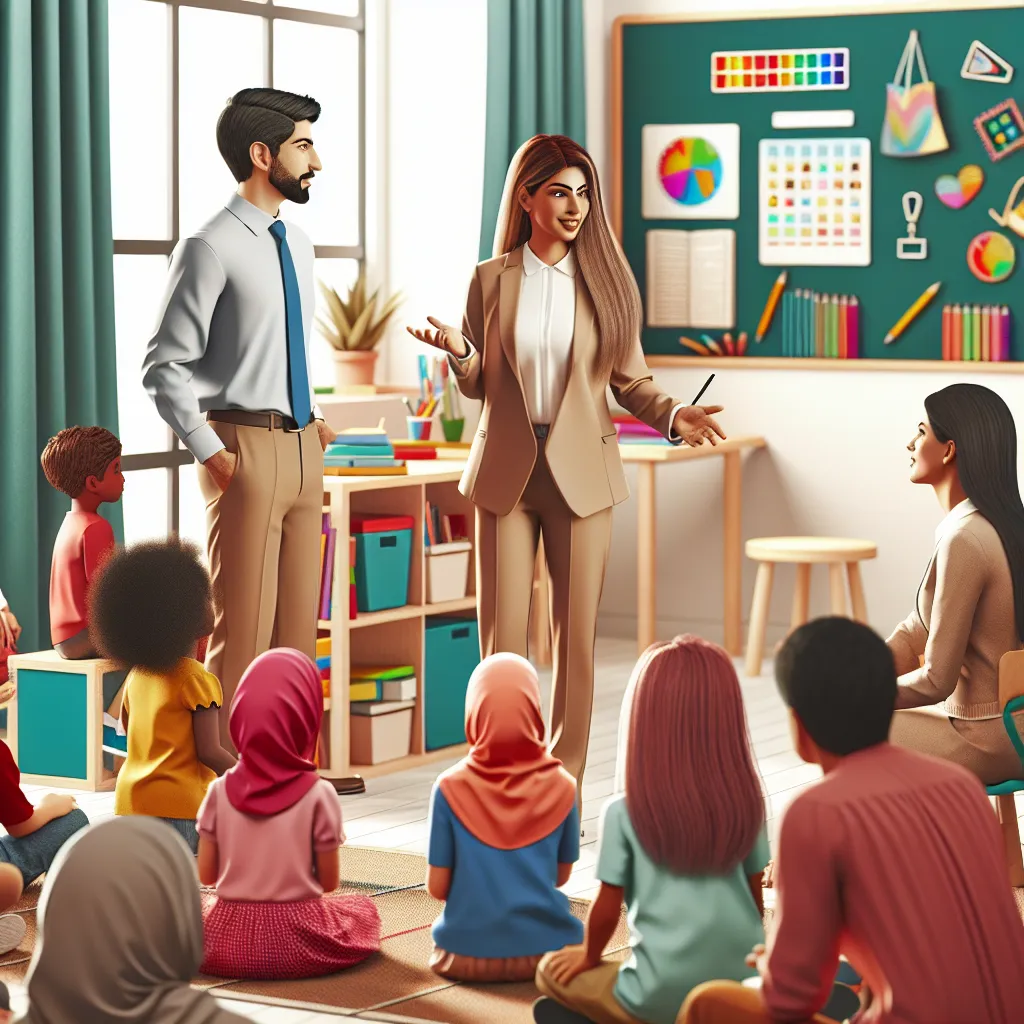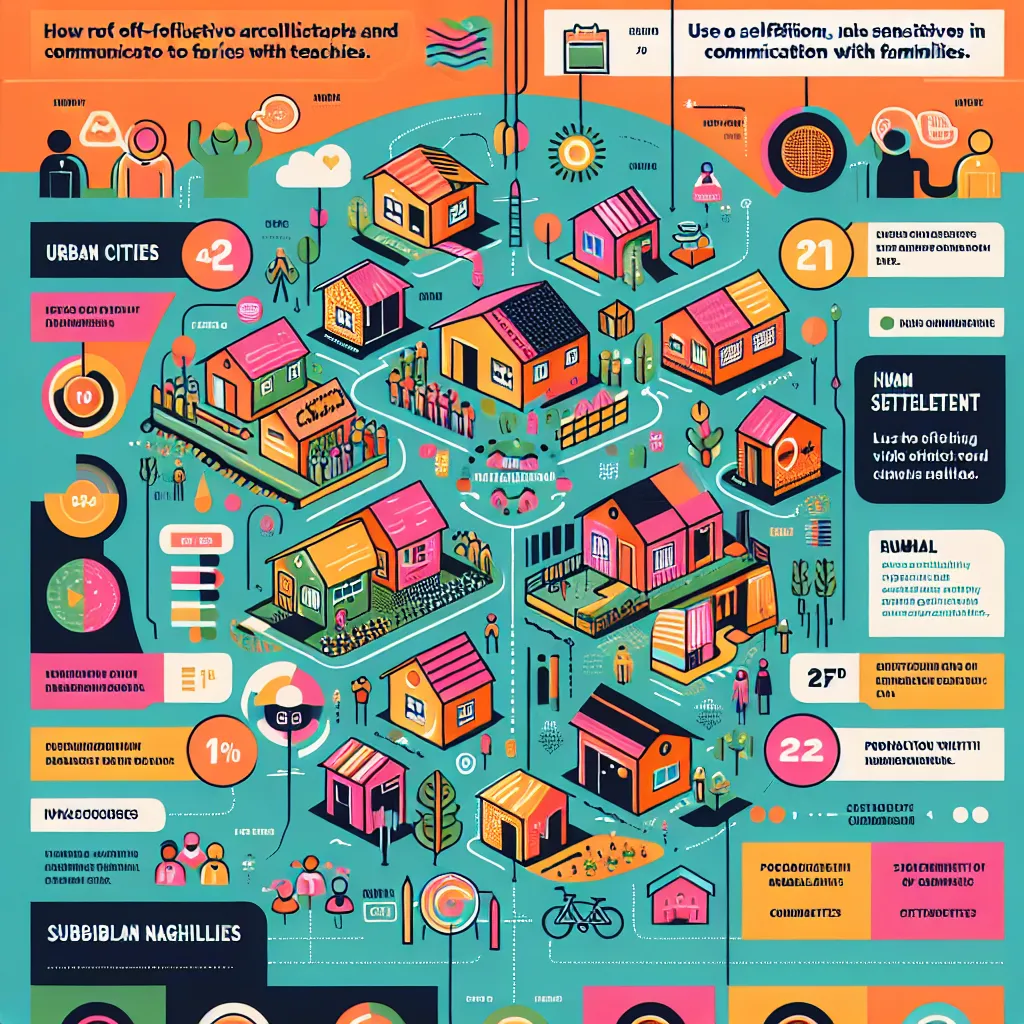Ask AI on The Internet
Question: QUESTION 1 [22] 1.1 Different types of human settlements are discussed in the study guide. Name three types of human settlements that you have studied in this module. (3) 1.2 Name and briefly describe the type of human settlement that you currently live in. (5) 1.3 Identify two advantages and two disadvantages of the type of human settlement that you described in question 1.2. (8) 1.4 Mention three common challenges that families with young children might face in the type of human settlement that you identified in question 2.1. (6) QUESTION 2 [22] 2.1 Why is self-reflection important for Grade R teachers? Provide three reasons. (6) 2.2 In your own words, interpret the meaning of this statement: "self-reflection entails examining your actions through a more critical lens"? (4) 2.3 Identify types of probing questions that you can ask yourself during a selfreflective process aimed at improving your teaching. Provide four examples of such questions relevant to you as a Grade R teacher. (8) 2.4 Parents are recognised as the child’s first teacher. Discuss the knowledge and skills that children learn outside of school. (4) QUESTION 3 [26] 3.1 Produce a mindmap showing six methods you can use to make families feel welcome and valued in your Grade R class. (12) 3.2 Briefly discuss the role of sensitivity and non-judgment in the communication process between teachers and parents. (5) 3.3 How can Grade R teachers ensure that communication is effective and inclusive for all families? Provide three strategies. (6) 6 3.4 There is a view that fathers are less likely to be involved in their children’s education compared to mothers. Indicate whether you agree or disagree with this view and provide one reason to support your answer. (3) QUESTION 4 [30] 4.1 Read and analyse the following case study then answer the questions that follow. Case study Communication challenge between a teacher and parents Sanele is in Grade R and has been showing signs of frustration about school. He often does not participate in class discussions and has been lagging behind in his reading skills. Ms Ngwenya, the class teacher, notices this problem and wants to reach out to Sanele’s parents and discuss her concerns. She sends home a note in Sanele’s school bag, requesting a meeting with Sanele’s parents. However, Sanele’s parents do not receive the note; it gets lost among other papers in Sanele’s bag. After a few weeks, Ms Ngwenya is concerned as she hasn’t heard from Sanele’s parents. She assumes the parents aren’t interested in the boy's education and feels frustrated. Meanwhile, Sanele’s parents assume the school isn’t concerned about their child since they haven’t been contacted by the teacher. Feeling frustrated, Sanele’s mother visits the school. In a heated argument, she expresses her frustration about the lack of communication and concerns about her child’s well-being. 4.1.1 Identify three main communication barriers in the case study. (5) 4.1.2 Identify one assumption on each side (teacher and parent) (4). Explain how each assumption contributed to the communication breakdown (4). (8) 4.1.3 Discuss how Ms Ngwenya could have used alternative communication methods to ensure the message reached Sanele’s parents. Provide three possible alternatives. (6) 4.1.4 Propose a communication strategy that Ms Ngwenya could implement to maintain effective communication with all parents in the future. (6) 4.1.5 Describe how Sanele’s parents could have taken a more proactive role in communicating with the school about their concerns regarding Sanele’s progress. (5)
Sure, I can help you with these questions. Let's go step by step. ### QUESTION 1 #### 1.1 [3 Marks] Three types of human settlements you might have studied include: 1. **Urban Settlements** - Typically characterized by dense population, infrastructure, and modern amenities. 2. **Rural Settlements** - Generally consist of smaller populations, agriculture-based livelihoods, and often lack extensive infrastructure. 3. **Suburban Settlements** - Usually residential areas on the outskirts of cities, often combining aspects of both urban and rural life. #### 1.2 [5 Marks] **Type of Human Settlement**: (For example, if you live in a suburban settlement) **Brief Description**: A suburban settlement often features residential communities with families, single-family homes, and green spaces. These areas are typically more spacious than urban centers and offer a quieter environment. They are located on the outskirts of larger cities and often provide easy access to city amenities while maintaining a sense of community and smaller-scale infrastructure. #### 1.3 [8 Marks] **Advantages**: 1. **Proximity to Urban Amenities**: Suburban areas are close to cities, providing easy access to job opportunities, shopping centers, and recreational activities. 2. **Better Living Environment**: Suburban areas often offer more green spaces, larger homes, and a generally quieter environment compared to urban areas. **Disadvantages**: 1. **Dependence on Cars**: Unlike urban settlements with extensive public transportation, suburban areas often require a car for commuting, which can be costly and environmentally unfriendly. 2. **Limited Local Employment**: Job opportunities within suburban areas can be limited, necessitating often long commutes to urban centers. #### 1.4 [6 Marks] **Common Challenges for Families with Young Children**: 1. **Limited Childcare Options**: Suburban areas may have fewer daycare centers compared to urban areas, making childcare logistics challenging. 2. **Social Isolation**: Families might struggle with fewer social opportunities for young children, especially if there are not many parks or community centers. 3. **Transportation Issues**: Accessing schools, extracurricular activities, and essential services can be difficult without reliable transportation. ### QUESTION 2 #### 2.1 [6 Marks] **Importance of Self-Reflection for Grade R Teachers**: 1. **Improving Teaching Practices**: By reflecting on their methods, teachers can identify what works well and areas needing improvement. 2. **Professional Growth**: Self-reflection fosters continuous learning and professional development. 3. **Student Engagement**: Understanding what engages students helps teachers tailor their strategies to meet students’ needs effectively. #### 2.2 [4 Marks] **Interpretation of Statement**: Self-reflection involves critically analyzing your actions and behaviors to understand their impact. It means looking beyond surface-level observations to uncover underlying patterns and reasons, allowing for more profound personal and professional growth. #### 2.3 [8 Marks] **Types of Probing Questions**: 1. "What teaching strategies did I use today, and how effective were they?" 2. "How did my classroom management style impact student behavior?" 3. "What feedback have I received from students, and how can I incorporate it?" 4. "Were there moments when students seemed disengaged, and what can I do to address this?" #### 2.4 [4 Marks] **Knowledge and Skills Learned Outside School**: 1. **Social Skills**: Interaction with family and community helps children develop communication, sharing, and cooperation skills. 2. **Practical Life Skills**: Through observing and participating in daily activities at home, children learn skills such as cooking, gardening, and basic household management. ### QUESTION 3 #### 3.1 [12 Marks] **Mindmap example**: (You would need to visually create a mindmap, but here are six points to include) - Host Welcome Events - Send Regular Newsletters - Create a Parent-Teacher Committee - Develop a Parent Resource Center - Use Open-Door Policy - Organize Family Workshops #### 3.2 [5 Marks] **Role of Sensitivity and Non-Judgment**: Sensitivity and non-judgment are crucial in building trust and understanding between teachers and parents. Sensitivity ensures that communications are respectful and considerate of parents' backgrounds and perspectives. Non-judgment helps avoid misunderstandings and fosters open, honest dialogue, allowing parents to feel accepted and valued. #### 3.3 [6 Marks] **Strategies for Effective and Inclusive Communication**: 1. **Use Multiple Communication Channels**: Utilize emails, newsletters, phone calls, and meetings to reach all parents. 2. **Culturally Sensitive Communication**: Be mindful of cultural differences and language barriers, providing translations if necessary. 3. **Regular Updates**: Consistently update parents about classroom activities, progress, and upcoming events to keep them engaged and informed. #### 3.4 [3 Marks] **Agree/Disagree on Fathers' Involvement**: (Example) **Disagree**: Fathers today are increasingly involved in their children's education, attending school events and helping with homework. Societal shifts and evolving gender roles have contributed to more balanced parenting responsibilities. ### QUESTION 4 #### 4.1.1 [5 Marks] **Communication Barriers**: 1. Missed Note 2. Assumption of Lack of Interest 3. Frustration Leading to Heated Argument #### 4.1.2 [8 Marks] **Assumptions**: - **Teacher's Assumption**: The parents aren’t interested in their child’s education (This led to frustration and lack of follow-up). - **Parents' Assumption**: The school isn’t concerned about their child (This led to lack of communication and eventual frustration). **Contributions to Breakdown**: - The teacher's assumption prevented proactive follow-up, which may have resolved the issue earlier. - The parents' assumption stopped them from reaching out sooner, missing opportunities for early intervention. #### 4.1.3 [6 Marks] **Alternative Communication Methods**: 1. **Telephone Calls**: Directly contacting parents ensures they receive the message. 2. **Email**: Sending an email provides a written record and is less likely to get lost. 3. **Online Communication Platforms**: Using school apps or portals for messages ensures they are seen. #### 4.1.4 [6 Marks] **Communication Strategy**: Ms. Ngwenya could implement regular, multi-channel communication strategies, such as bi-weekly newsletters, regular parent-teacher meetings, and accessible online platforms where parents can check updates and progress. Additionally, she could institute a mandatory acknowledgment system for important messages to ensure they are received. #### 4.1.5 [5 Marks] **Proactive role by Parents**: Sanele’s parents could regularly check his school bag for notes or messages, initiate communication with the teacher if they notice issues, attend scheduled parent-teacher meetings, and use provided school communication channels to stay informed and engaged with their child's progress. If you need specific information on human settlements, teaching strategies, or communication techniques relevant to your studies or personal context, please provide additional details.
Think your answer is better than the AI's? Post it below.
Other Most Relevant Posts:
 1. Types of Human Settlements
2. Advantages and Disadvantages of Urban Living
3. Challenges for Families in Urban Settlements
4. Importance of Self-Reflection for Grade R Teachers
5. Probing Ques
1. Types of Human Settlements
2. Advantages and Disadvantages of Urban Living
3. Challenges for Families in Urban Settlements
4. Importance of Self-Reflection for Grade R Teachers
5. Probing Ques
Question Tags
If you want your question answered by an AI, click here.






Post your own comment: